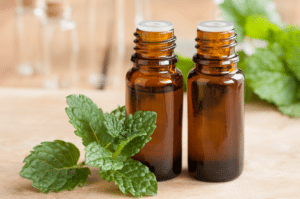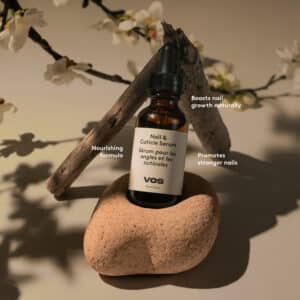Winter can be harsh on the skin, especially for those with oily skin. The drop in temperature, coupled with dry indoor heating, can confuse your skin, causing it to produce even more oil. This guide will help you navigate the challenges of winter skincare for oily skin, ensuring a healthy, balanced complexion.
Understanding Oily Skin in Winter
Oily skin is characterized by overactive sebaceous glands that produce excess sebum. While many believe that winter dries out the skin, those with oily skin may experience increased oiliness due to the skin’s attempt to compensate for moisture loss.
Why Oily Skin Gets Worse in Winter
- Dehydration: Cold air and indoor heating strip the skin of its natural moisture, prompting sebaceous glands to produce more oil.
- Incorrect Products: Using harsh cleansers or heavy moisturizers can disrupt the skin’s balance.
- Neglecting Moisturizer: Skipping moisturizer can lead the skin to overcompensate with more oil production.

Essential Winter Skincare Routine for Oily Skin
Establishing a consistent skincare routine tailored for winter can help manage oily skin effectively.
1. Gentle Cleansing
Use a mild, sulfate-free cleanser to remove excess oil without stripping the skin of essential moisture. Cleansing twice a day is sufficient to keep the skin clean and balanced.
2. Exfoliate Wisely
Exfoliation helps remove dead skin cells that can clog pores. Opt for a gentle chemical exfoliant with ingredients like salicylic acid. Limit exfoliation to 1-2 times a week to prevent irritation.
3. Hydrate with a Lightweight Moisturizer
Even oily skin needs hydration. Choose a water-based, non-comedogenic moisturizer to maintain moisture without adding extra oil.
4. Use a Hydrating Toner
A toner with hydrating ingredients can help balance the skin’s pH and provide an extra layer of moisture without feeling heavy.
5. Sun Protection is a Must
Sunscreen is essential even in winter. Use a broad-spectrum SPF of at least 30 to protect your skin from harmful UV rays.
Additional Tips to Manage Oily Skin in Winter
1. Stay Hydrated
Drinking enough water helps maintain the skin’s hydration levels from within, reducing the likelihood of excessive oil production.
2. Maintain a Healthy Diet
Incorporate foods rich in omega-3 fatty acids, antioxidants, and vitamins to support overall skin health.
3. Avoid Hot Showers
Hot water can strip the skin of natural oils, leading to increased oil production. Opt for lukewarm water instead.
4. Blotting Papers for Quick Fixes
Carry blotting papers to absorb excess oil throughout the day without disturbing your makeup or skincare products.
Common Mistakes to Avoid
- Over-washing: Washing your face too often can strip natural oils, causing rebound oiliness.
- Skipping Moisturizer: Depriving oily skin of moisture can lead to increased oil production.
- Using Heavy Creams: Thick, oily creams can clog pores and cause breakouts.
Conclusion
Winter skincare for oily skin requires a balanced approach that focuses on gentle cleansing, proper hydration, and sun protection. By understanding your skin’s needs and adjusting your routine accordingly, you can maintain a healthy, radiant complexion throughout the colder months.



